How Cyclone Debbie’s destruction will impact the cost of Australia’s fresh produce
IT’S Australia’s largest winter growing region, but if you enjoy fresh tomatoes, capsicums and even beans — be prepared to start paying a lot more.
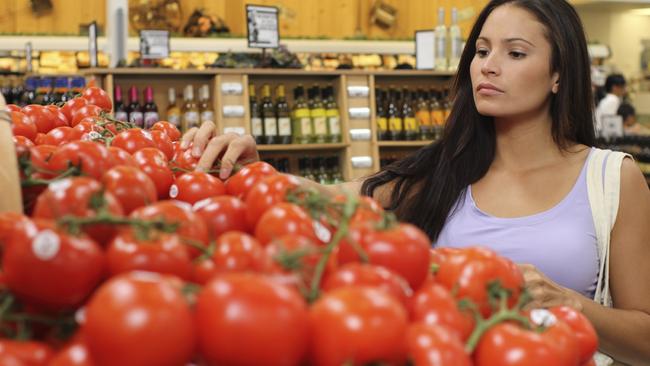
AUSTRALIAN’S should expect to pay top dollar for tomatoes, capsicums and other fresh produce following Cyclone Debbie’s destruction across the Bowen farming region.
Bowen, one of Queensland’s worst hit areas, is Australia’s largest winter growing region — employing around 3200 skilled and unskilled workers each year.
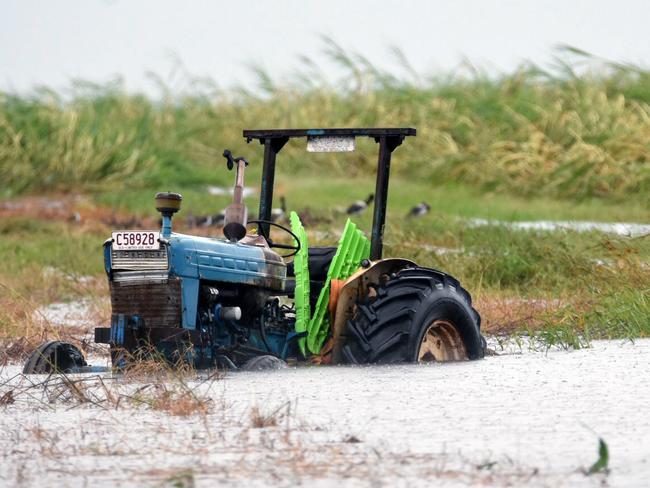
Primarily the home of tomato, capsicum, bean, corn and pumpkin crops, the district was left looking “like a war zone” in the aftermath of the cyclone.
“Before the cyclone — predictions were for up to one billion dollars’ worth of damage and that’s just to crops,” National Farmers Federation Chief Executive Officer Tony Mahar said in a statement to news.com.au.
“Common sense would indicate that, depending on the extent of the damage to crops, there will be a flow on effect, to consumers.”
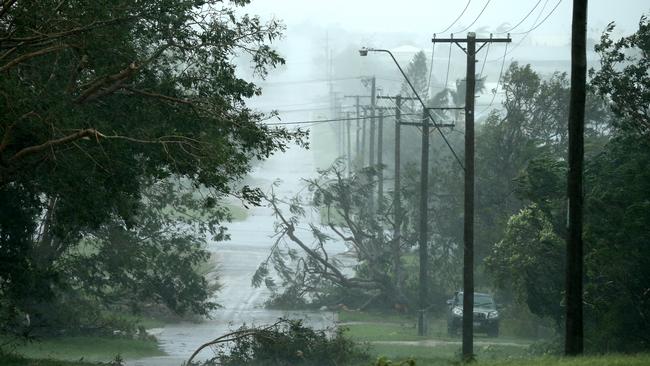
Mr Mahar said that while it is too early to confirm the extent of the damage in crop and farming areas across North-Queensland, consumers should expect a similar shortage to what was seen after Cyclone Yasi in 2011.
“We all remember the banana shortage and resulting sky-high prices following Cyclone Yasi,” he said.
“While we won’t know the exact impact for some days — it is fair to say consumers should prepare to have to pay extra for their north-Queensland grown produce.”
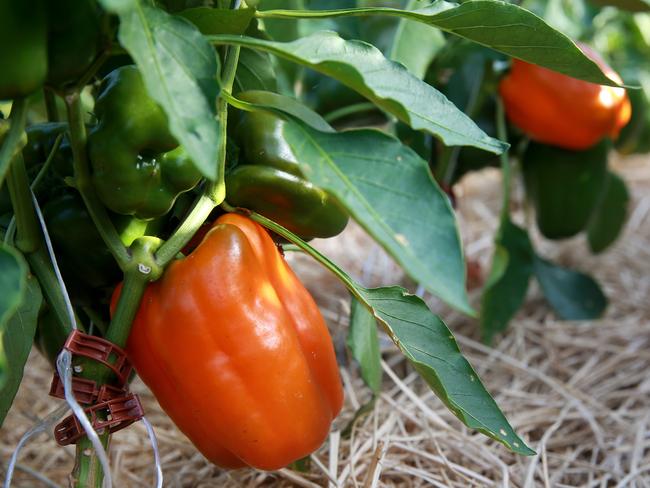
Australia’s peak vegetable body, AUSVEG, said given the previous impact cyclones have had on crop supply, a price increase for consumers would be likely.
“The vegetable industry is naturally a supply and demand driven industry and unexpected weather events do occur from time to time, which may impact supply,” AUSVEG National Communications Manager Shaun Lindhe told news.com.au.
“These weather events unfortunately are a reality for the farming industry and tropical cyclones are also a reality for growers in Northern Australia.”
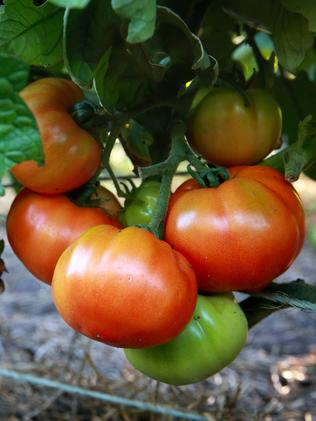
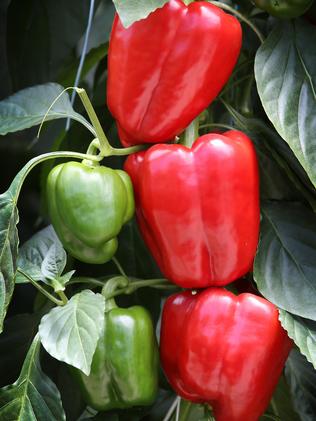
With heavy rainfalls continuing to batter the region today, the Bowen Gumlu Growers Association admitted that Debbie was “one of the worst they’d been through”.
With the ground holding water,
Homebush grocer David Tobey said prices will “probably go up to $9, $10 a kilo for good quality tomatoes”.
It is estimated that the Bowen region contributes more than $450 million to the $9 billion Australian horticulture sector, which is the fastest growing sector in the agriculture industry.
“Farmers have spent weeks preparing their crops for the peak season over winter — it’s going to be devastating,” Anthony Joseph, managing director at fruit and vegetable wholesaler Alfred E. Chave, told 9Finance.
“It’s a really unfortunate time for the cyclone to hit,” says Joseph.
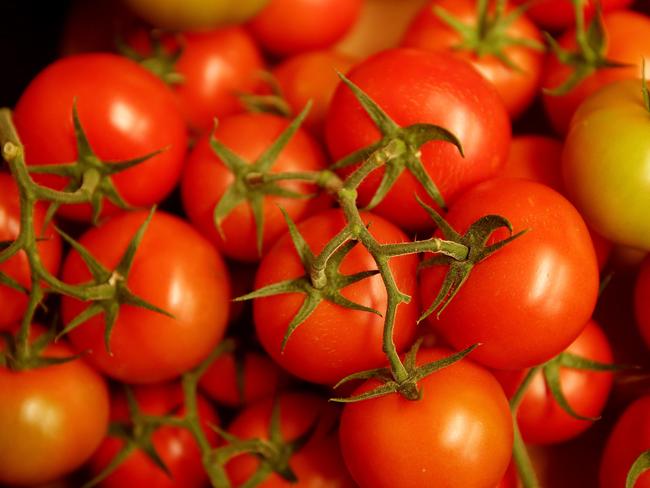
Tomatoes alone account for $160 million, with the Bowen region producing 90% of Australia’s fresh tomatoes. Capsicums chip in $104 million to the industry, with the region again producing 95% of the country’s intake.
Beans, Corn and Pumpkins make up $100 million of the industry, while the rest of the Whitsunday region produces a wide range of fruits including mangoes, lemons, limes, oranges, grapefruit, mandarins, pineapples, bananas and passionfruit.
Brak Pak farm owner Andy Brackley, who produces tomatoes, pumpkins and mangoes said the timing of the cyclone was very “inconvenient” because seeding started in mid-February.
“Up to February, we can manage it but after that it interferes with our crops,” Mr Brackley said.
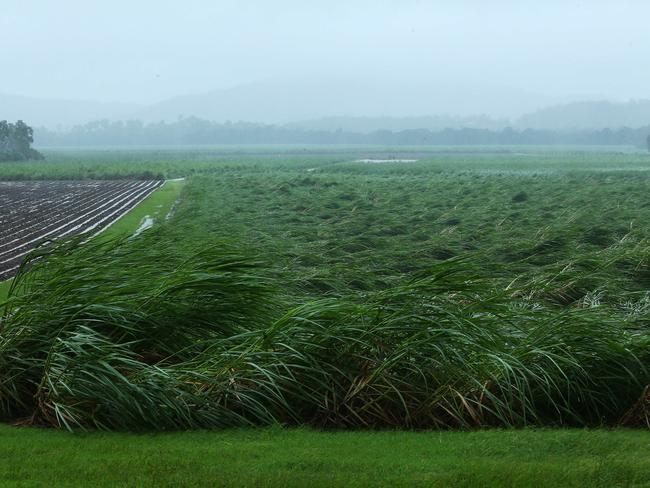
Australia’s $2 billion sugar industry has also been significantly damaged, as Debbie rampaged through the Whitsundays, Mackay and Burdekin regions.
The sugar crops, which were just weeks away from being harvested, have been flattened in some areas.
“We do know that hundreds of hectares of sugarcane has been flattened by Cyclone Debbie’s winds with the Mackay and Proserpine districts the worst affected,” Canegrowers CEO Dan Galligan said in a statement.
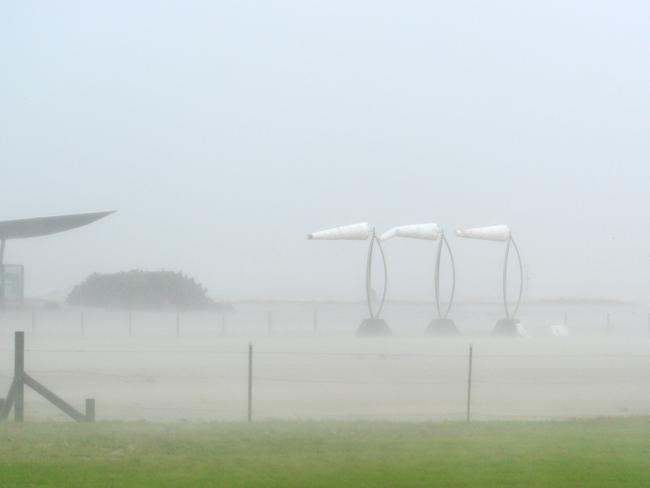
“Some of the cane will have been snapped or pulled up by the roots and some of it is underwater.
“It has still been raining heavily this morning in some of the affected areas and flooding is occurring.”
Last year the Mackay and Proserpine regions produced 8.5 million tonnes of sugarcane, out of a statewide harvest of 35 million tonnes.
Supermarket giant Woolworths said they wouldn’t be able to comment on supply until they “understand the impact of Cyclone Debbie” on the region.




